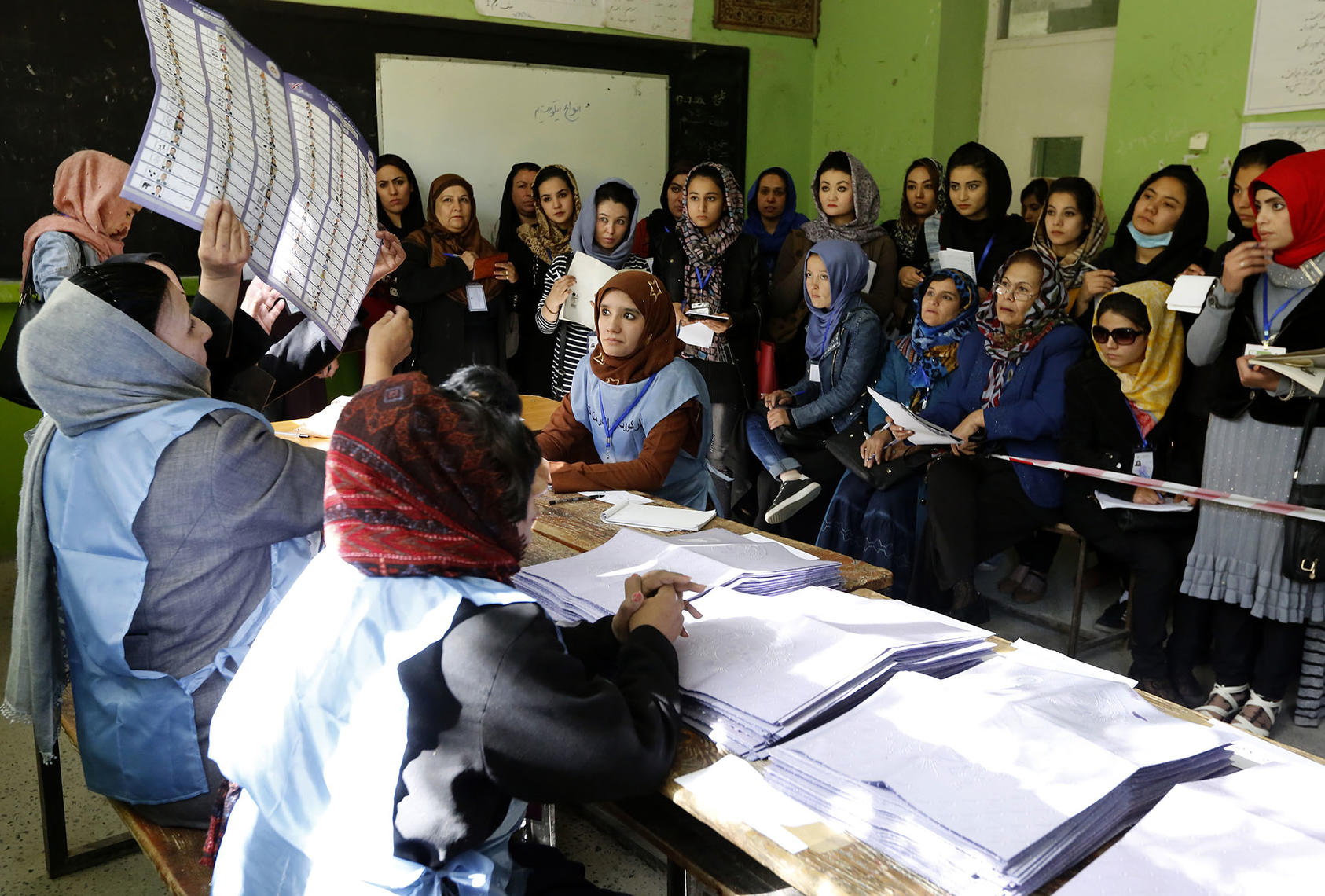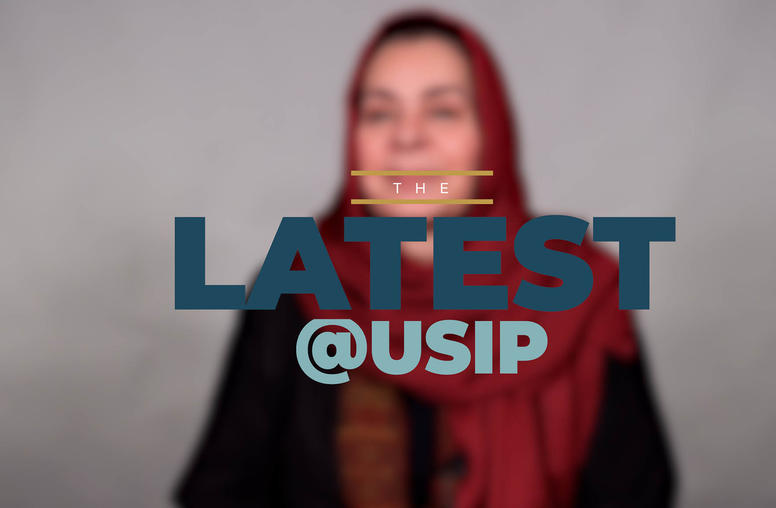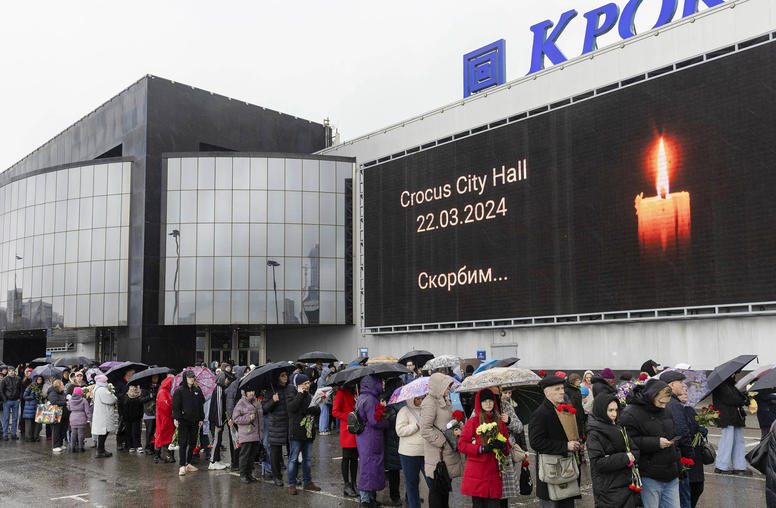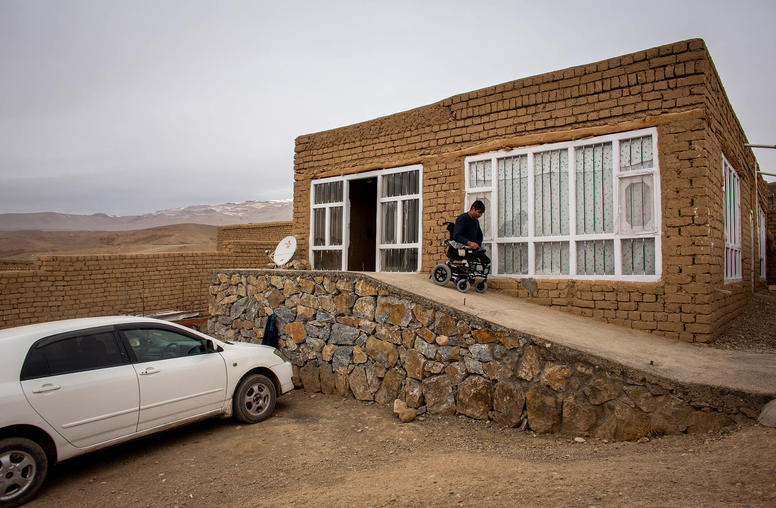What to Watch for in Afghanistan’s Presidential Election
Recurring electoral challenges—from Taliban violence to voter turnout and fraud—threaten credibility of the polls.
After several delays, Afghans will finally head to the polls on Saturday to elect their next president. The election comes amid an indefinite stall in the year-long U.S.-Taliban negotiations following the cancellation of a high-level summit earlier in the month. There has been a debate over the sequencing of elections and the peace process for months, but the vote will move ahead this weekend. As with all post-2001 Afghan elections, security risks and the potential for fraud and abuse loom over these polls. USIP’s Scott Worden and Colin Cookman look at how insecurity will impact the legitimacy of the vote and what measures have been taken to combat electoral mismanagement and fraud.

What does the stall in the peace process mean for the presidential election?
Cookman: The pause in the peace process removes any final obstacles to presidential elections and they will move ahead on September 28. The Afghanistan conflict is between a mix of domestic and international actors at war with each other over what the appropriate process or criteria should be for allocating political power within Afghanistan. Although there is a high degree of uncertainty over how these questions could be resolved among the parties, before the recent breakdown, U.S. talks with the Taliban appeared to be leading up to intra-Afghan talks that would reopen the question of power-sharing.
As an incumbent who currently benefits from the formal centralization of powers under the presidency, President Ashraf Ghani is seeking to reassert his authority and legitimacy through re-election. However, many of Ghani’s political rivals, including many of the other registered presidential candidates, would prefer alternative methods for allocating political power if they believe they cannot achieve it through a voting process. It is highly doubtful that the election will be accepted as the definitive answer on who should lead Afghanistan going forward.
Who are the leading candidates and what issues are at the top of voters’ minds?
Worden: The two unquestioned frontrunners are Ghani and National Unity Government Chief Executive Officer Abdullah Abdullah. Thirteen other candidates are also running, but none of them are expected to get more than single digit percentages of the vote. This means that the election will resemble the runoff election in 2014, when Ghani and Abdullah faced off as the top finishers in the first round.
The most important issue on voters’ minds is the prospect for peace with the Taliban. Afghans were galvanized by the U.S.-Taliban negotiations that were just halted by President Trump, although reactions to it were mixed. Many voters fear that a bad deal with the Taliban would return their repressive and deeply undesirable Islamic Emirate form of government. Implicitly they are willing to continue fighting to preserve the current constitutional republic, as flawed as it may be. Others are more open to talks that would end or at least reduce violence.
Ghani has positioned himself as a staunch defender of the current constitution. Opposition candidates are saying they oppose an Islamic Emirate as well, but argue that Ghani has thrown away a chance for negotiations because he prioritized trying to win a second term. Underlying the peace discussion are ethnic divisions, which fueled the dispute over the 2014 election results. Ghani has more support among Pashtuns, whereas Abdullah tends to be viewed more favorably by Tajiks and other ethnic minorities. Ethnic and tribal endorsements will likely play a significant role in voters’ choices.
Afghan elections have historically been riddled by fraud and abuse. Have Afghanistan’s electoral institutions made any headway in addressing these problems ahead of the presidential polls?
Worden: Last year’s parliamentary elections had the worst electoral administration of any conducted under the 2004 constitution—so bad, in fact, that the members of both the Independent Election Commission (IEC) and the Electoral Complaints Commission (ECC) were convicted of fraud and currently sit in jail awaiting their appeal.
From that low bar, things have improved. But significant fraud risks remain. In theory, new voter lists and improved biometric voter verification machines (iPhone like devices that record photos and fingerprints of voters) will virtually eliminate the ballot stuffing that has undermined past elections. In practice, late hiring, poor training, and normal technological snafus will mean that the system will not work as planned, creating a grey area where fraud can occur. Rather than stuffing ballots, which can more easily be caught, corruption will focus on the officials who make decisions about whether to include questionable results in the count. Strict and transparent adherence to procedures will lead to a cleaner election. Compromises on the rules will tend to reduce the credibility of the result.
Cookman: The outcome of an election is ultimately decided in the counting process. If there’s not sufficient transparency and clarity around this, and confidence among the main political actors that the reported results correspond to actual ballots cast, there will be challenges to the results.
It took the IEC around six months to finalize the results of the 2018 parliamentary elections. Members of the commission were sacked midway through the counting process. The IEC’s reported total votes for Kabul province, the last to be announced, do not correspond to its own polling center-level reporting.
There have been some improvements in 2019 (the IEC released a detailed polling station plan), and some continued problems (statements by the commissioners on voter registration don’t actually match accompanying data). The use of parallel systems for results reporting through biometric voter verification machines and paper polling station reports will introduce a new source of potential discrepancy, and so far the IEC has not clarified exactly how it will handle cases where numbers might conflict.
Recent polling shows that only 19 percent of Afghans had confidence in the integrity of elections and that 57 percent of Afghans were not willing to participate in the presidential polls. Meanwhile, hundreds of polling centers will be closed on Election Day due to security risks. How will this insecurity, and its potentially suppressant effect on voter turnout, impact the credibility of the vote?
Cookman: Participation in the 2018 parliamentary elections (which were held three years past the expiration of parliament’s term) fell considerably from the 2014 presidential election; from between 6-7 million total votes recorded in the first and second rounds of the presidential vote to a historic low of around 3.2 million in 2018. A variety of factors likely contributed to that: deteriorating security that limited voter access to the process; stricter controls on voter registration that may have reduced opportunities for ballot stuffing and also raised the logistical challenges of participation; and perhaps differing levels of political interest given the parliament’s weak authorities and the comparatively lower stakes of competition.
The Taliban have made repeated threats against the election process, as they have also done in the past; most recently, two dozen people were killed in an attack on a campaign rally for President Ghani in Parwan province. In 2018, 51 of Afghanistan’s districts had no voting activity, including 19 districts in Ghazni province, where parliamentary elections have been indefinitely delayed.
Collectively, those 51 districts constitute roughly nine percent of Afghanistan’s estimated total population, and many other areas of the country also saw limited participation. Although the IEC currently plans to include Ghazni in the presidential vote, security threats there and elsewhere will likely continue to suppress turnout. Differing levels of access to the electoral process—due to security or other factors—will impact the makeup of the voting population and may raise questions about the representativeness of the resulting government.
Worden: In some ways, the Taliban have already successfully attacked the election—because in 2018 the IEC was only able to register voters in approximately 5,400 polling centers out of 7,300 centers they identified as being necessary to serve the population. Another 100 polling centers were scratched from the list after the 2018 vote, and now according to news reports 400 more may be closed before Election Day due to poor security. This means that a total of around 2,400 of the 7,300 polling centers the IEC has identified will not open due to poor security conditions. Voter suppression through threats and violence further reduces access on Election Day itself.
This will produce two different narratives after Election Day. One is that despite the extreme security risks, several million Afghans went to the polls to cast their vote in favor of a democratic republic and against Taliban intimidation. Another is that elections were a Pyrrhic victory that at great expense and loss of life produced a government (whoever wins) with weak legitimacy and a tiny mandate that excluded votes from significant areas of the country. Both narratives may be right.



